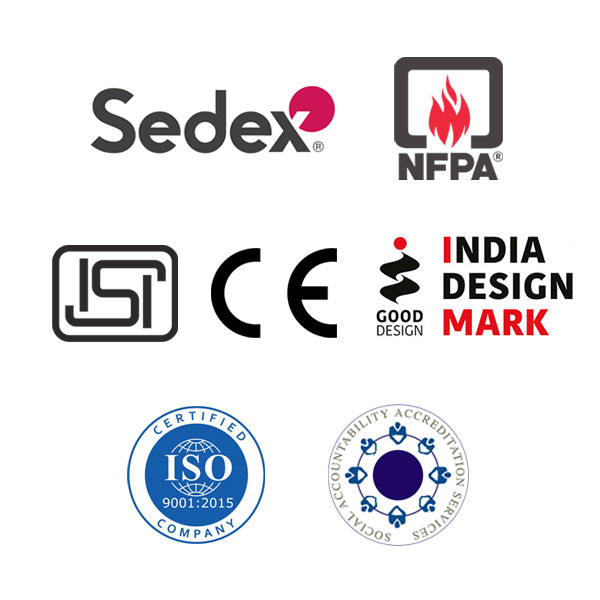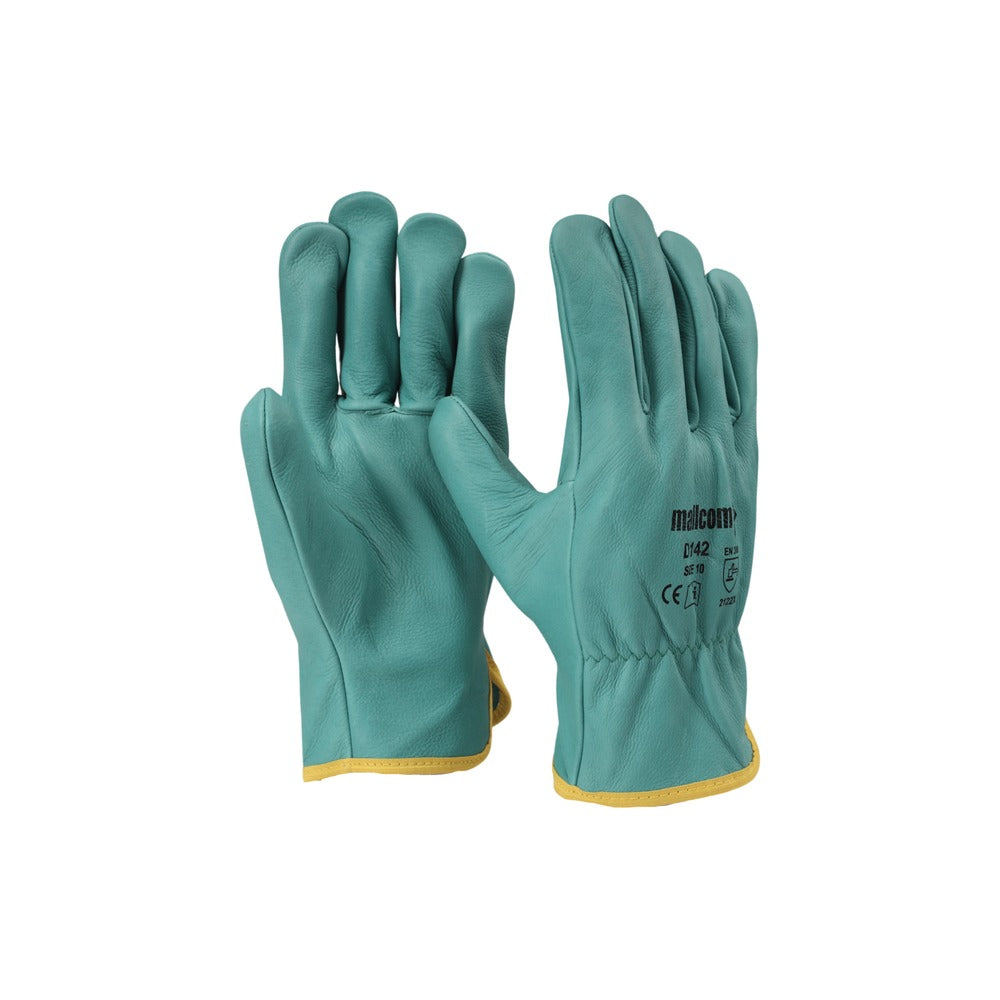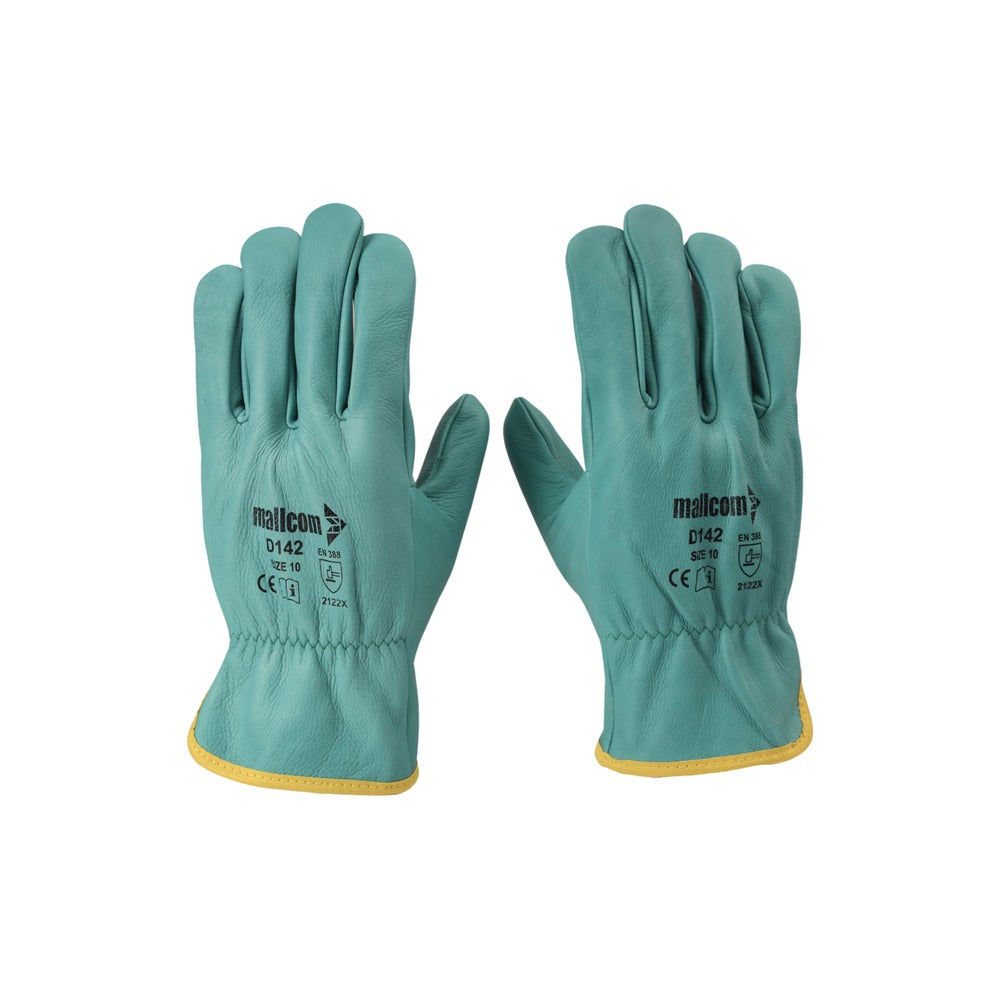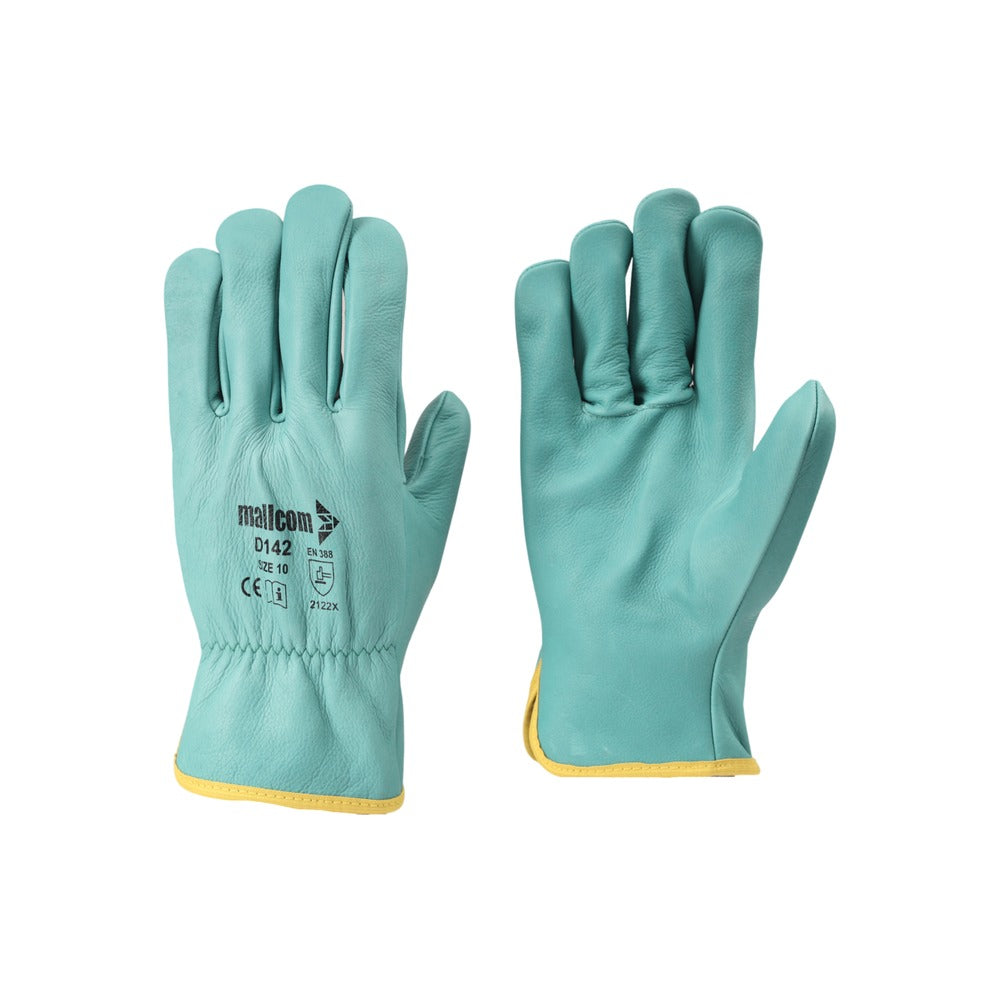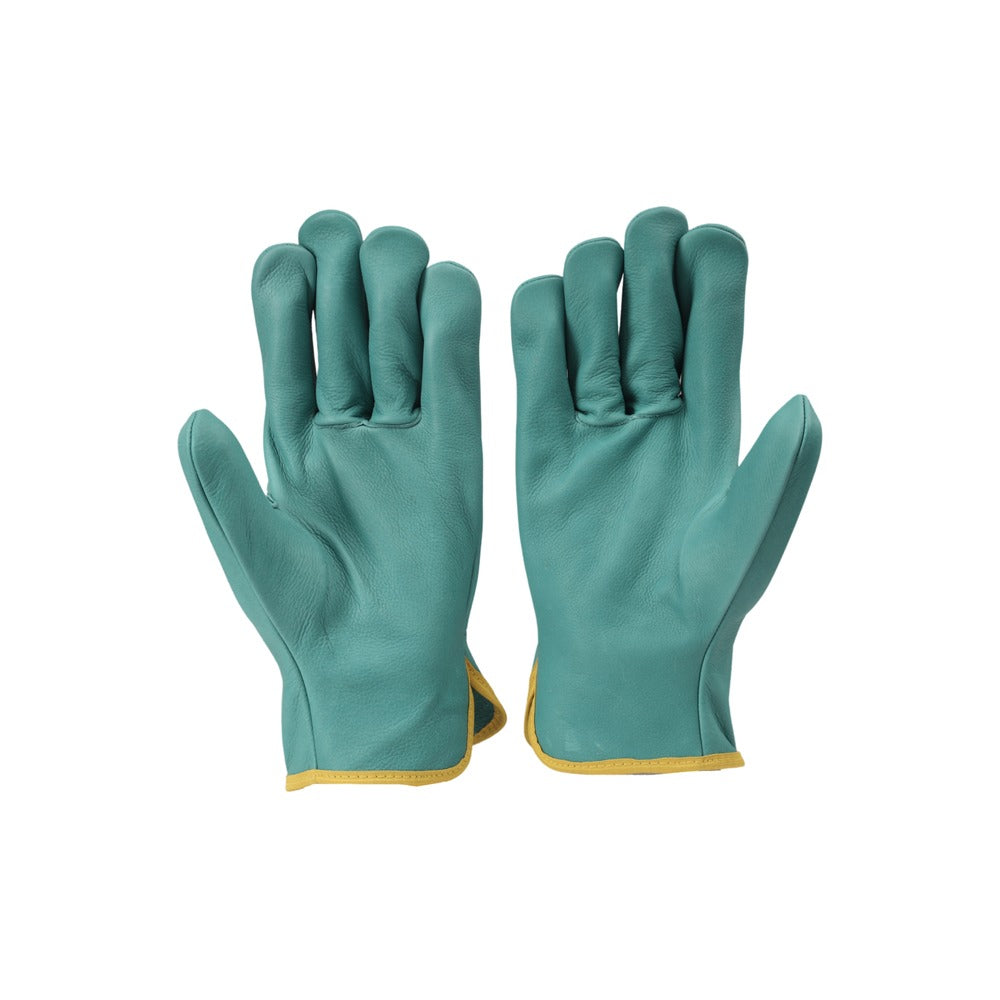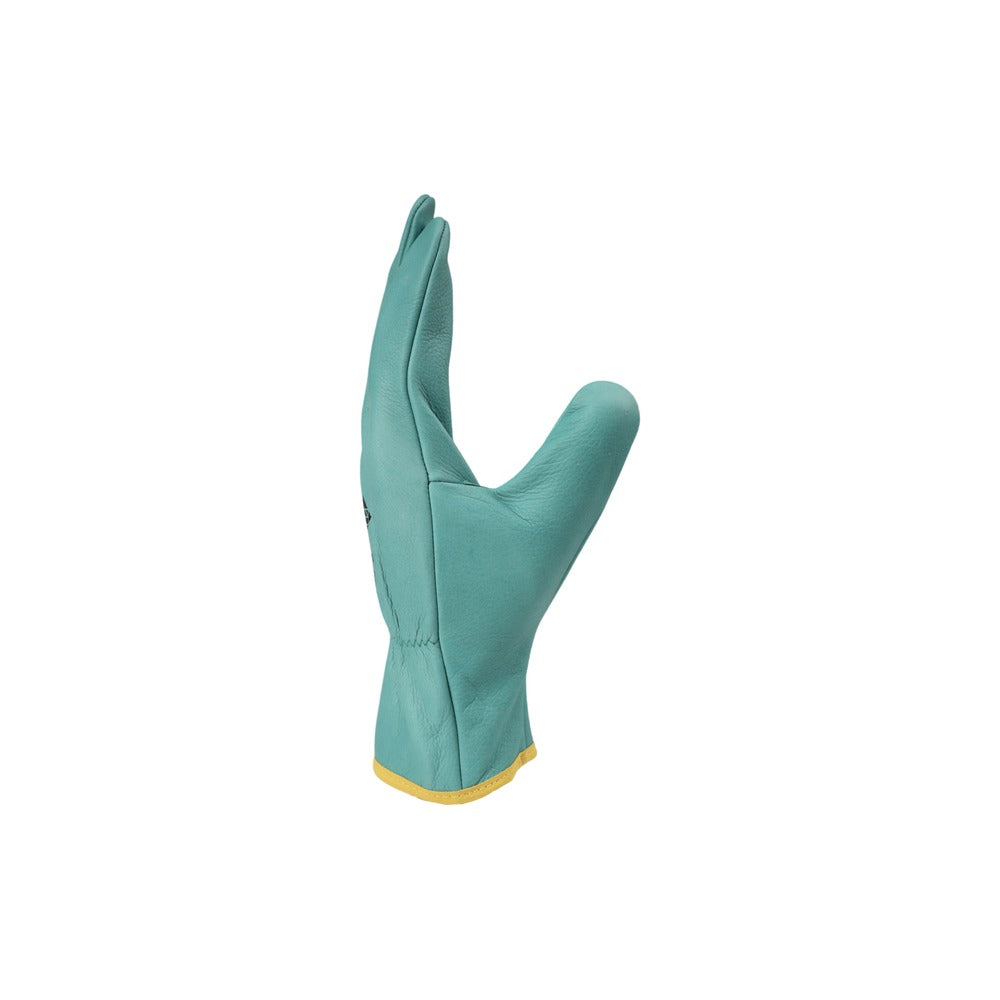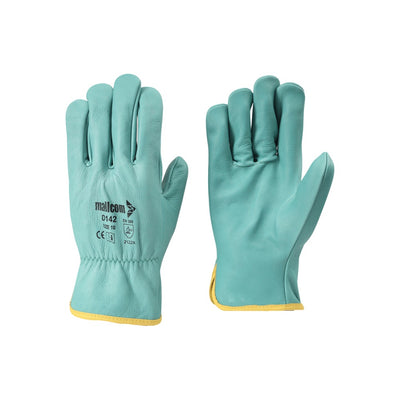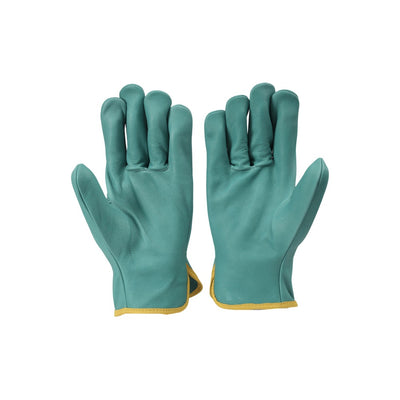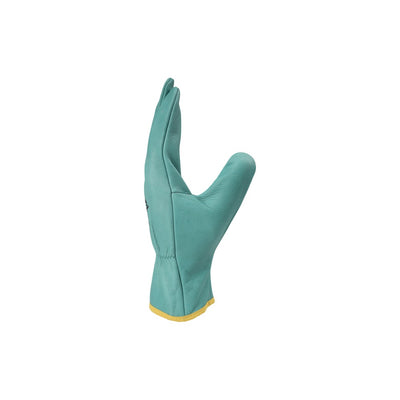D142
Share
Driver Gloves
- Water and oil repellent green grain driver gloves
- Winged Thumb and elasticized back
- Synthetic colored binding taped cuff
Oil resistant
Water Resistant
Abrasion
Grip
Cuff
EN 388:2016+A1:2018
Delivery & Services

Easy Return
with our 15 days return poicy
Regular price
Rs. 0
Sale price
Rs. 0
Regular price
Tax included.
Shipping calculated at checkout.
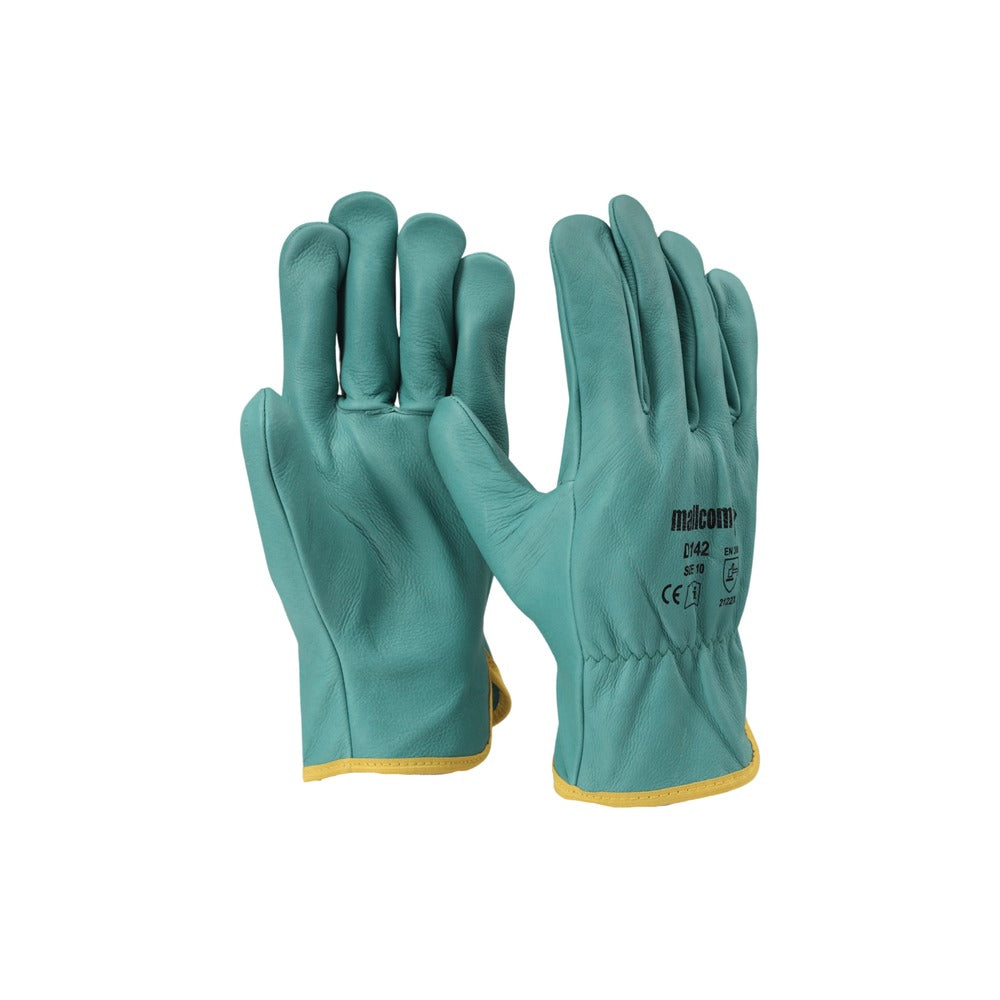
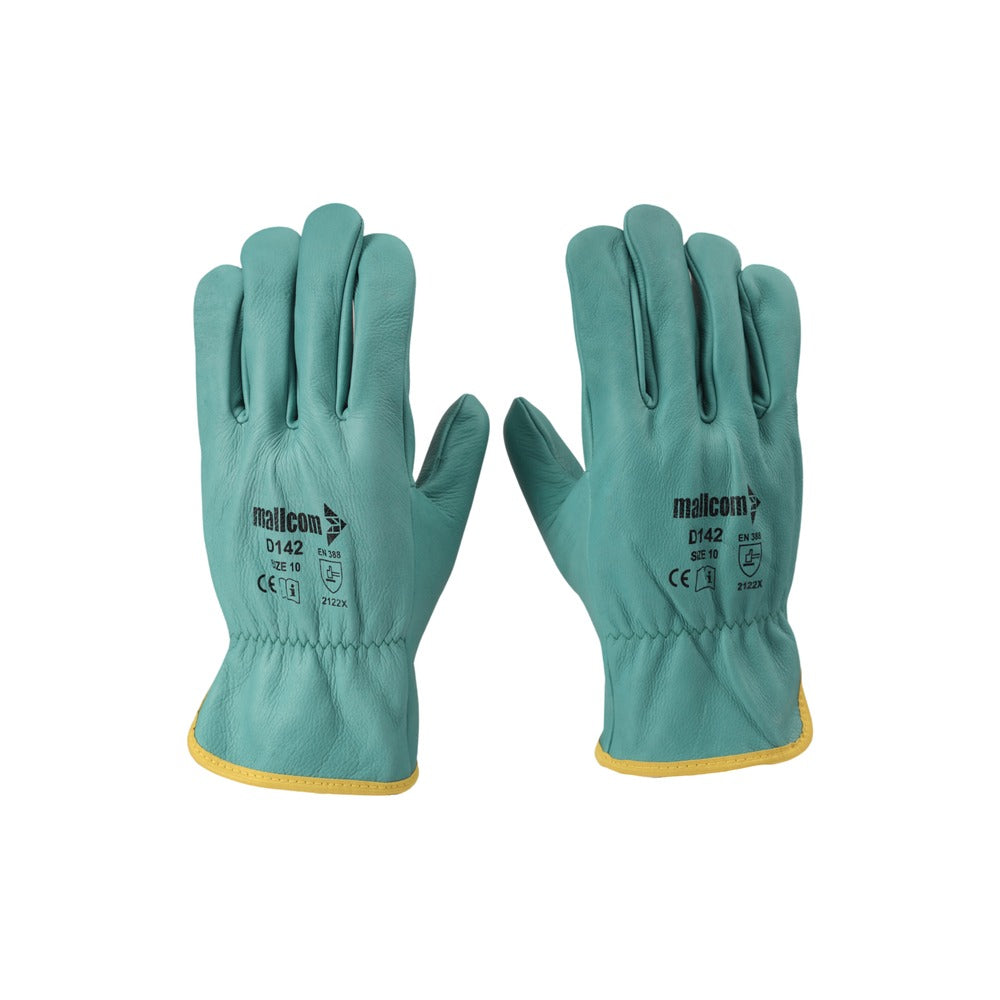
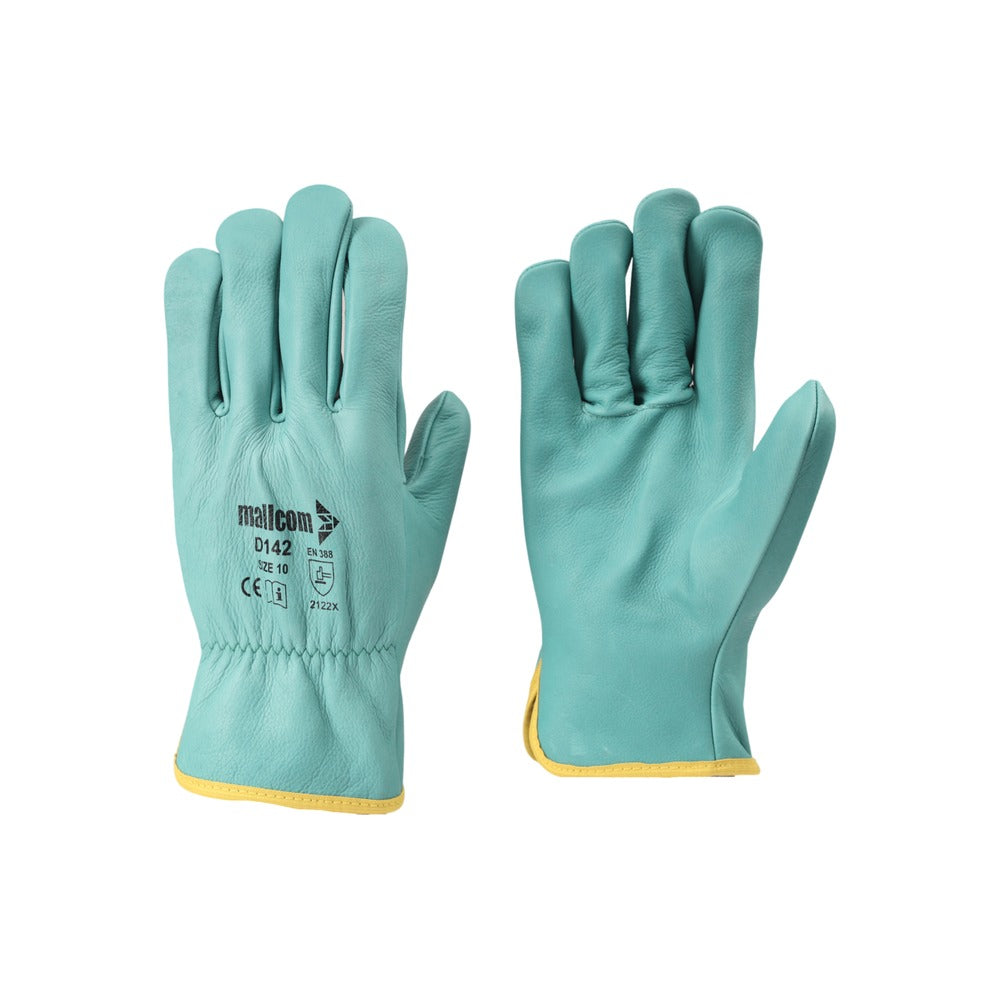

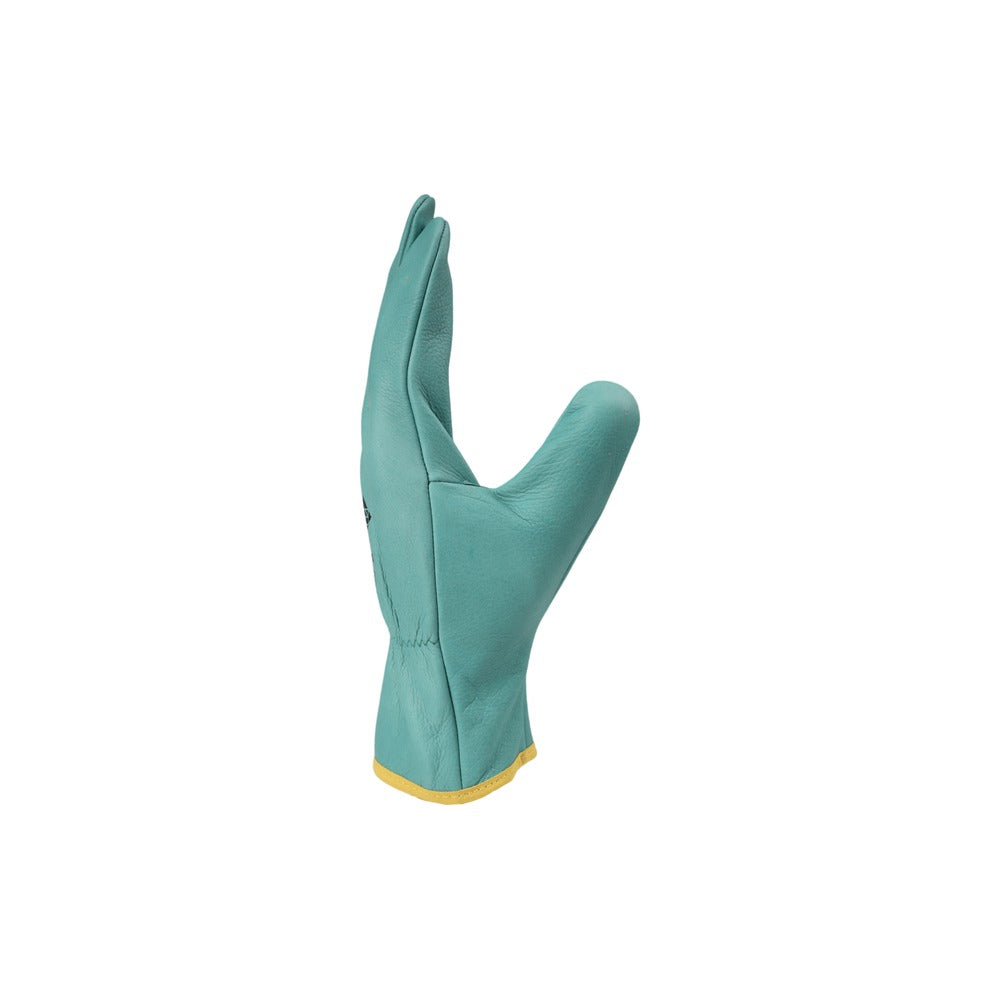
ABOUT THE DESIGN
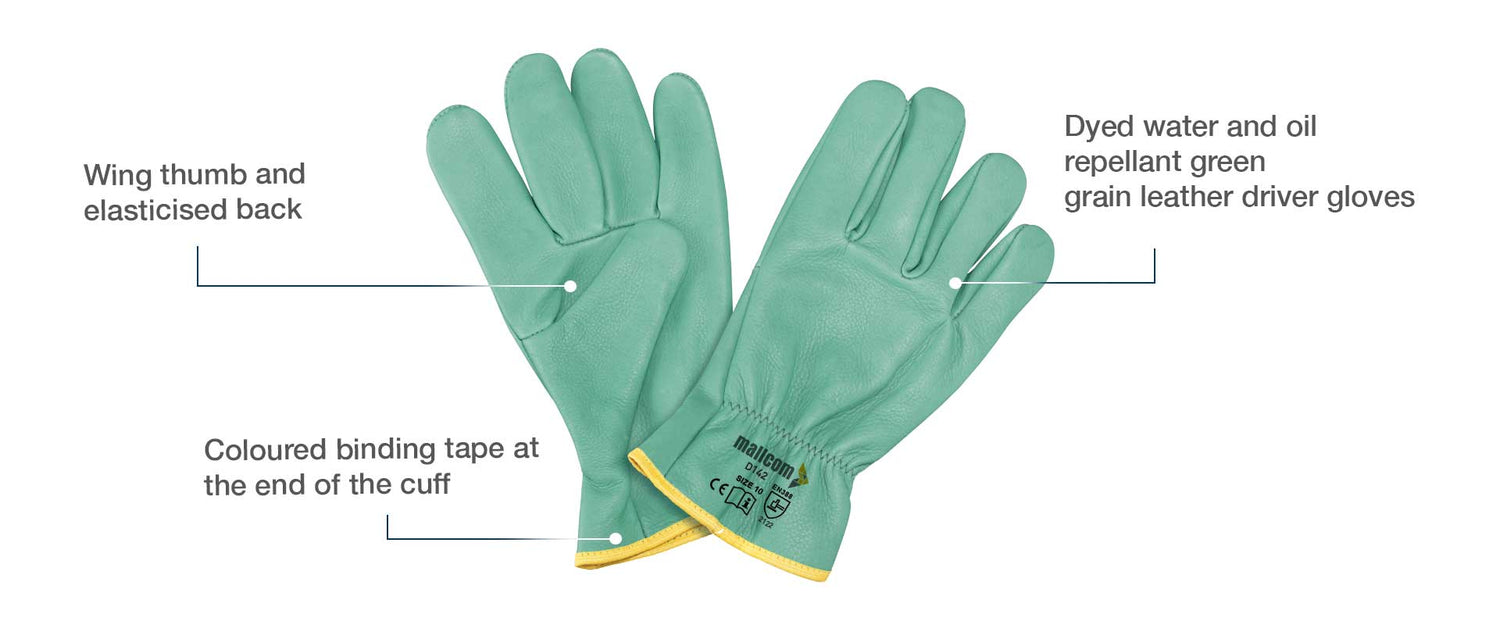
USEFUL IN THESE INDUSTRIES
CONSTRUCTION
IRON & STEEL
LOGISTICS
MANUFACTURING

Product Features
ABOUT THE DESIGN
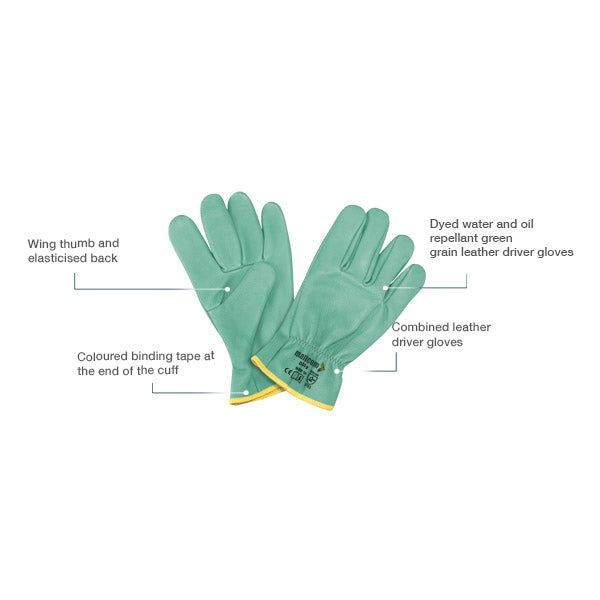
USEFUL IN THESE INDUSTRIES
CONSTRUCTION
IRON & STEEL
LOGISTICS
MANUFACTURING
Product Details
